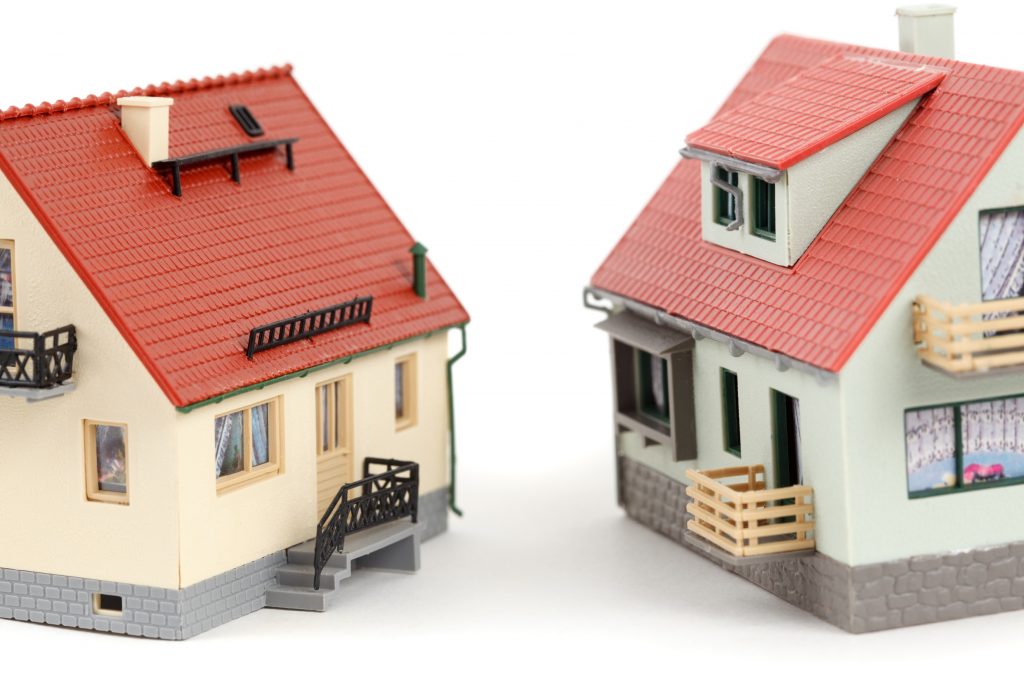Custody and Residency
Definitions
Legal custody refers to making major decisions about the children. Physical custody refers to where the children reside.
The Traditional Model
In the past, one parent, sometimes a stay-at-home parent, often had legal and physical custody of the children. Commonly, the children stayed primarily with this parent during the week, and weekends alternated between the parents.
The Current Model
Over time, the legal precedent changed. Currently, New York State courts most often award joint custody and equal or near-equal time for children to reside with each parent.



Totality of the Circumstances
In court, decisions about child custody and residency are based on all factors affecting the children’s lives. These include:
Situations where a parent has extensive work travel, a difficult work schedule, long work hours;
A parent living a long distance from where the children attend school;
Each parent’s strengths and weaknesses in parenting, particularly if a parent has extreme deficits in providing basic care;
High conflict such that shared parenting is unworkable;
A child being used to living primarily with one parent and having done so for a long time.



In some situations, teenagers may have some say in where they live.
Collaborative Divorce Approaches
Collaborative Divorce works with both parents to explore the custody and residency solution that best suits their situation.
Takeaway
If clients agree, they can shift residency and/or decision-making away from equal sharing.
If clients don’t agree, the lawyers’ assessment of legal presumption and likely court outcome may provide a useful reference.

